- 翰林提供学术活动、国际课程、科研项目一站式留学背景提升服务!
- 400 888 0080
翰林国际教育IB Chemistry SL/HL化学SL/HL辅导
Chemistry化学课程
化学课程的设置包含三大块面:物理化学、无机化学和有机化学,并对学生动手操作实验的能力有一定要求。高中阶段的化学课程对学生的学科理解有一定挑战,主要的难点包括但不仅限于背诵内容多、语言要求高、有机化学不入门以及实验操作困难,不会写结论。实际上所有的难点在化学这门课可以总结为两个原因:一、学习过程中知识体系建立有疏漏,根基不扎实;二、学习方法不正确导致迟迟不能入门。只要从一开始选对方法,化学的学习会比其他学科更加充满乐趣。化学专业除了是申请化学、生物、医药类专业必修课之外,也是所有理工科类专业非常看重的一门成绩。
IB Chemistry SL/HL化学SL/HL课本
| PEARSON HL 出版社 |
Chemistry HL Catrin Brown & Mike Ford 2nd Edition, 2014 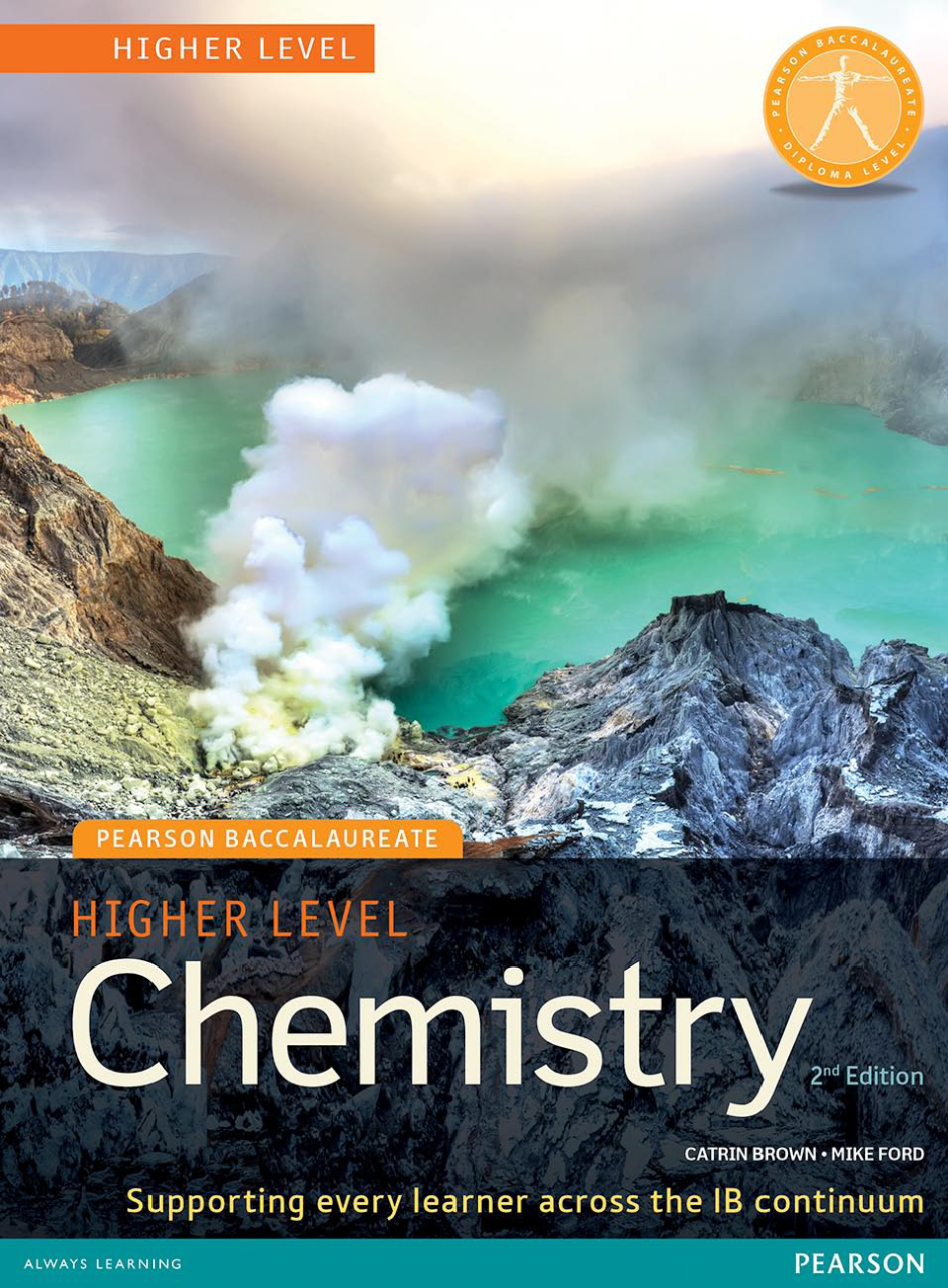 |
Chemistry HL FAST FACTS Catrin Brown & Mike Ford 2nd Edition 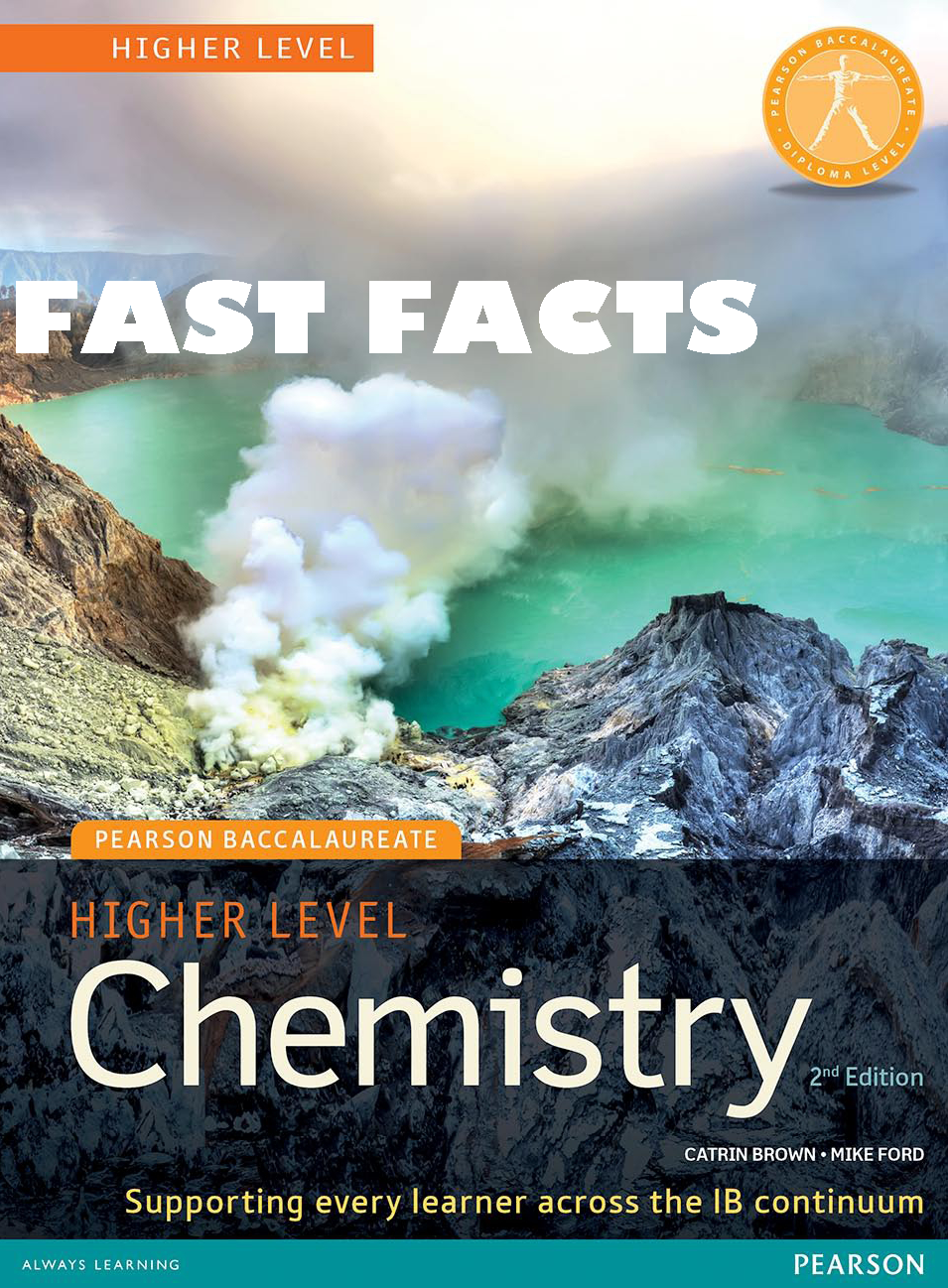 |
Chemistry HL ANSWERS Catrin Brown & Mike Ford 2nd Edition 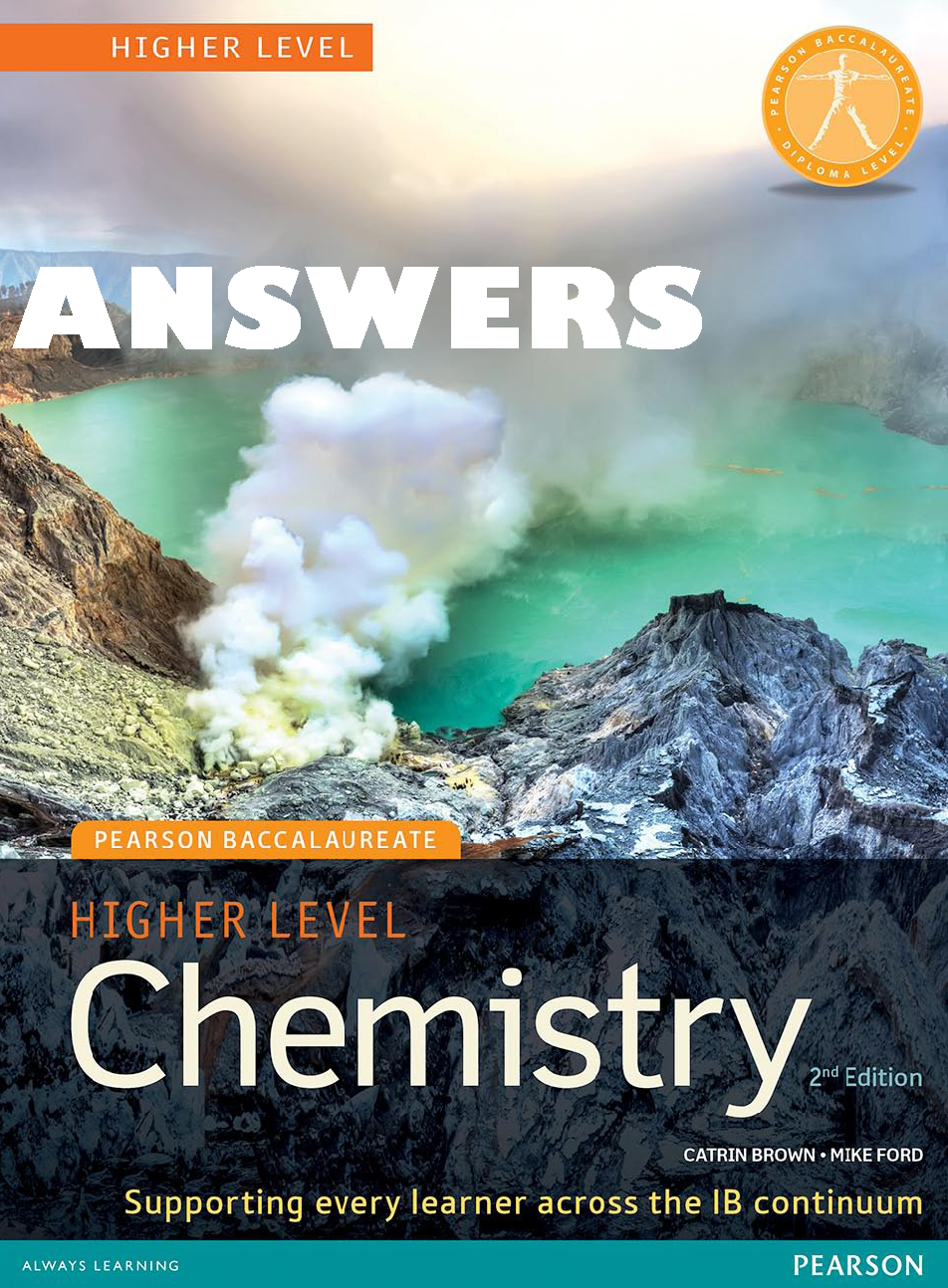 |
Chemistry HL WORKED SOLUTIONS Brown & Ford 2nd Edition  |
| PEARSON SL 出版社 |
Chemistry SL Catrin Brown & Mike Ford 2nd Edition,2014 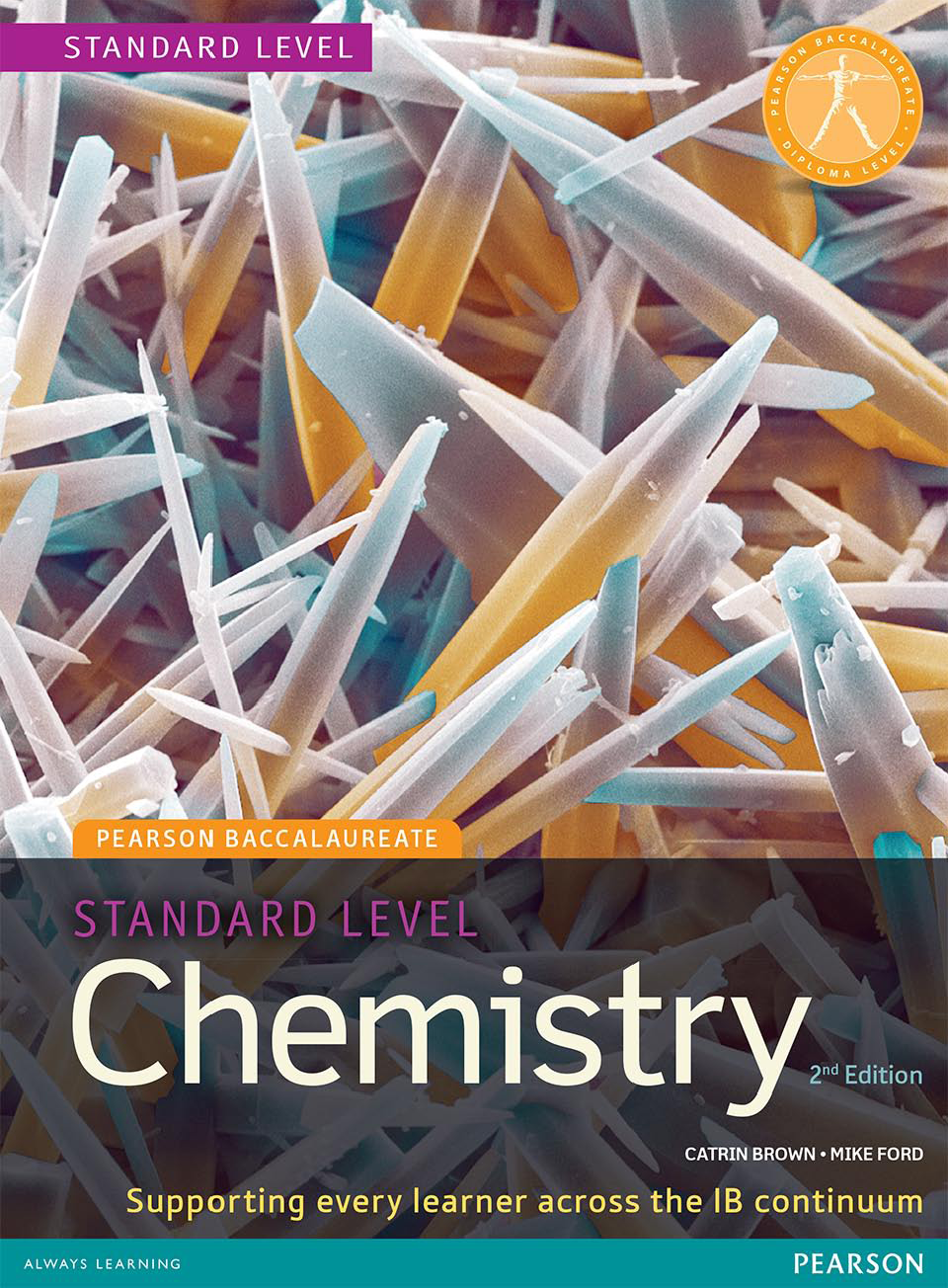 |
Chemistry SL Derry,Connor,Jordan Jeffery,Ellet,Ellis &O'Shea,2008 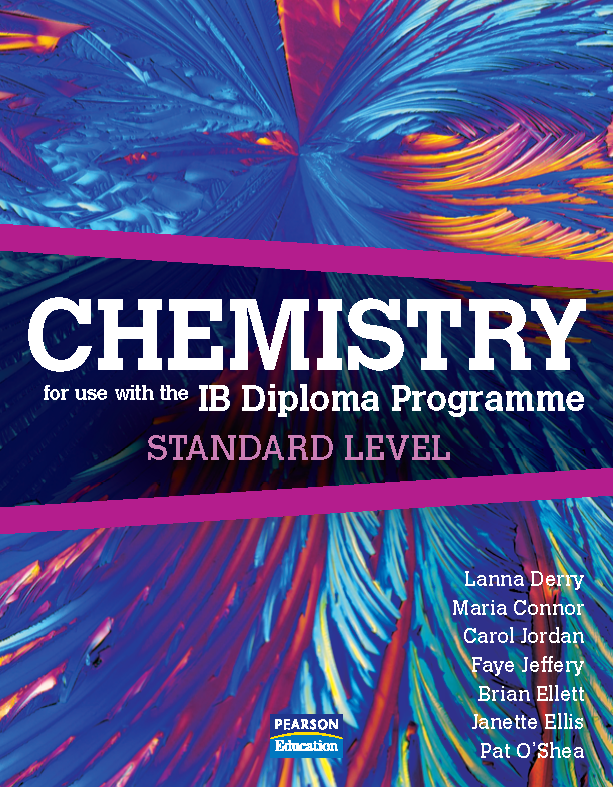 |
||
| PEARSON 出版社 |
Chemistry (SPANISH) Brown,LeMay,Bursten Murphy&Woodward 11th Edition,2009 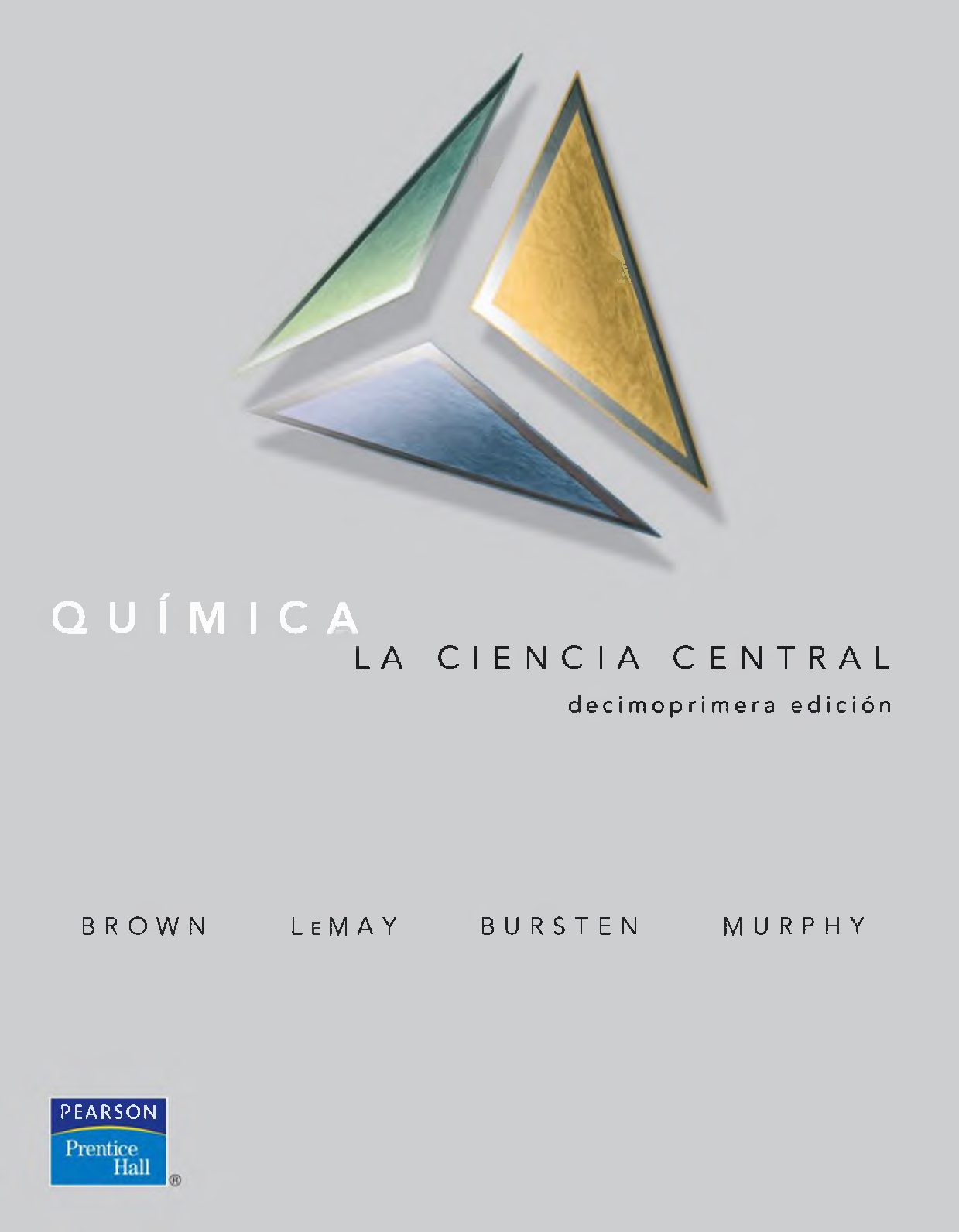 |
|||
| SCIENCE 出版社 |
Dot Point IB Chemistry AHL Schell&Hogan,2010 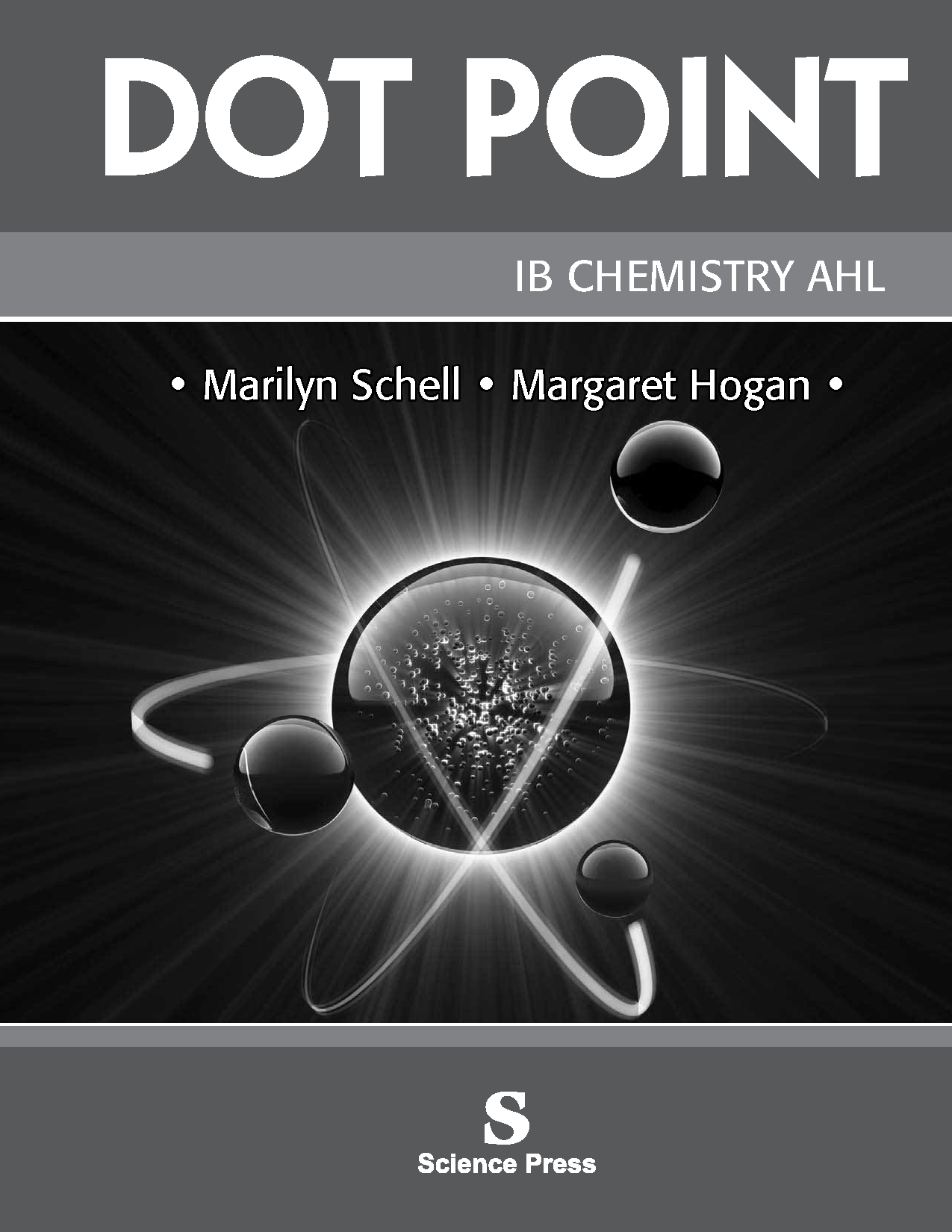 |
Dot Point IB Chemistry CORE Schell&Hogan,2010 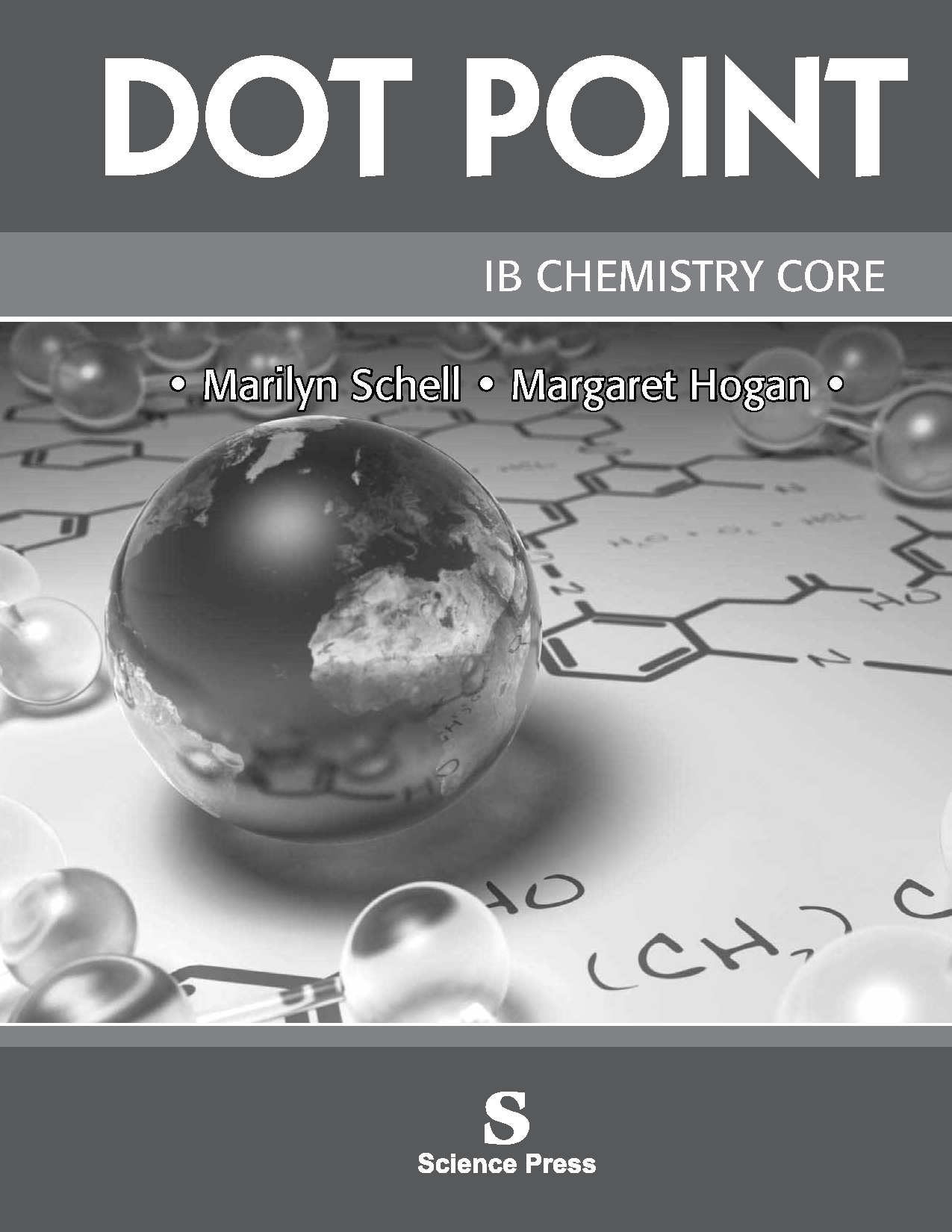 |
Dot Point IB Chemistry OPTIONS Schell&Hogan,2010 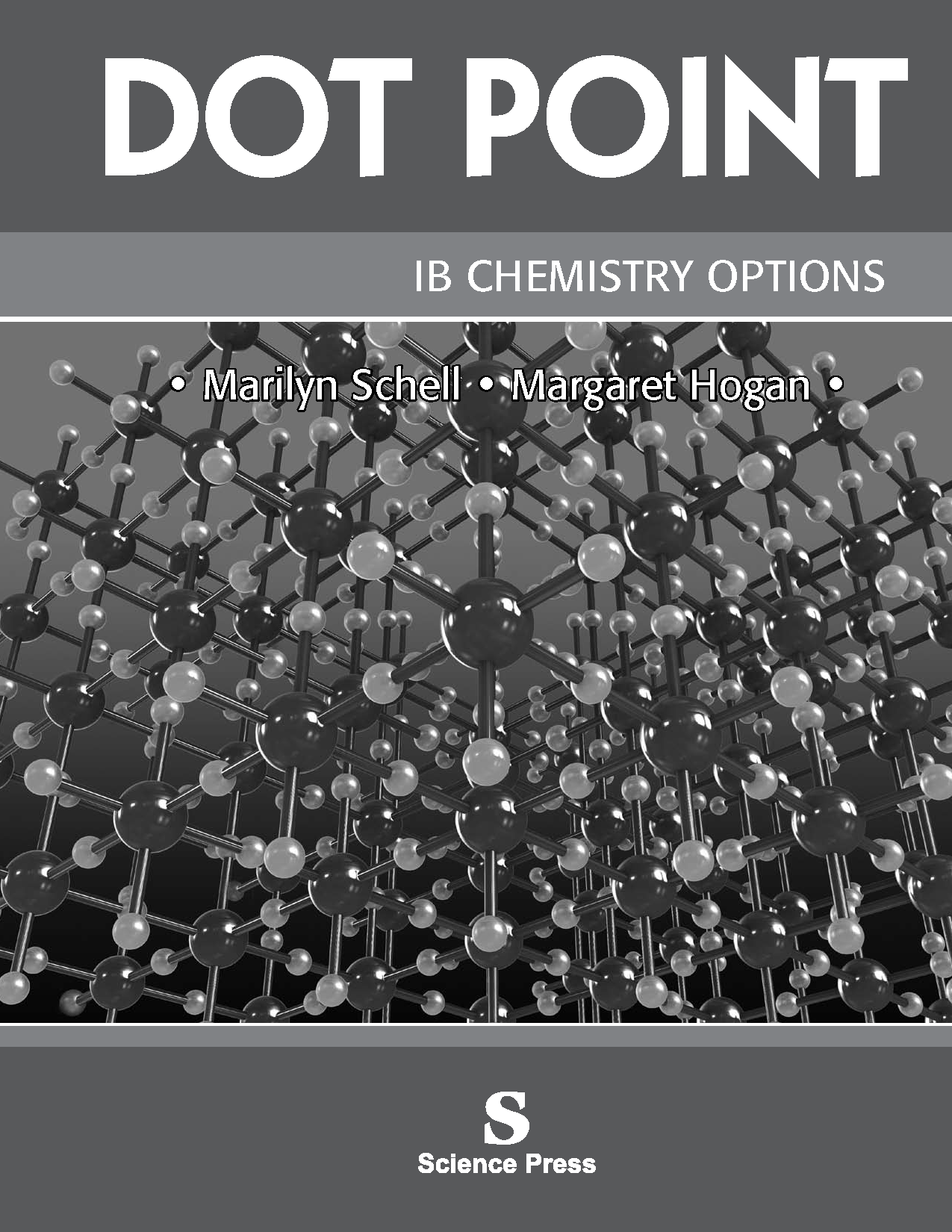 |
|
| OXFORD 出版社 |
Chemistry Course Companion Bylikin,Hornor,Murphy &Tarcy,2014 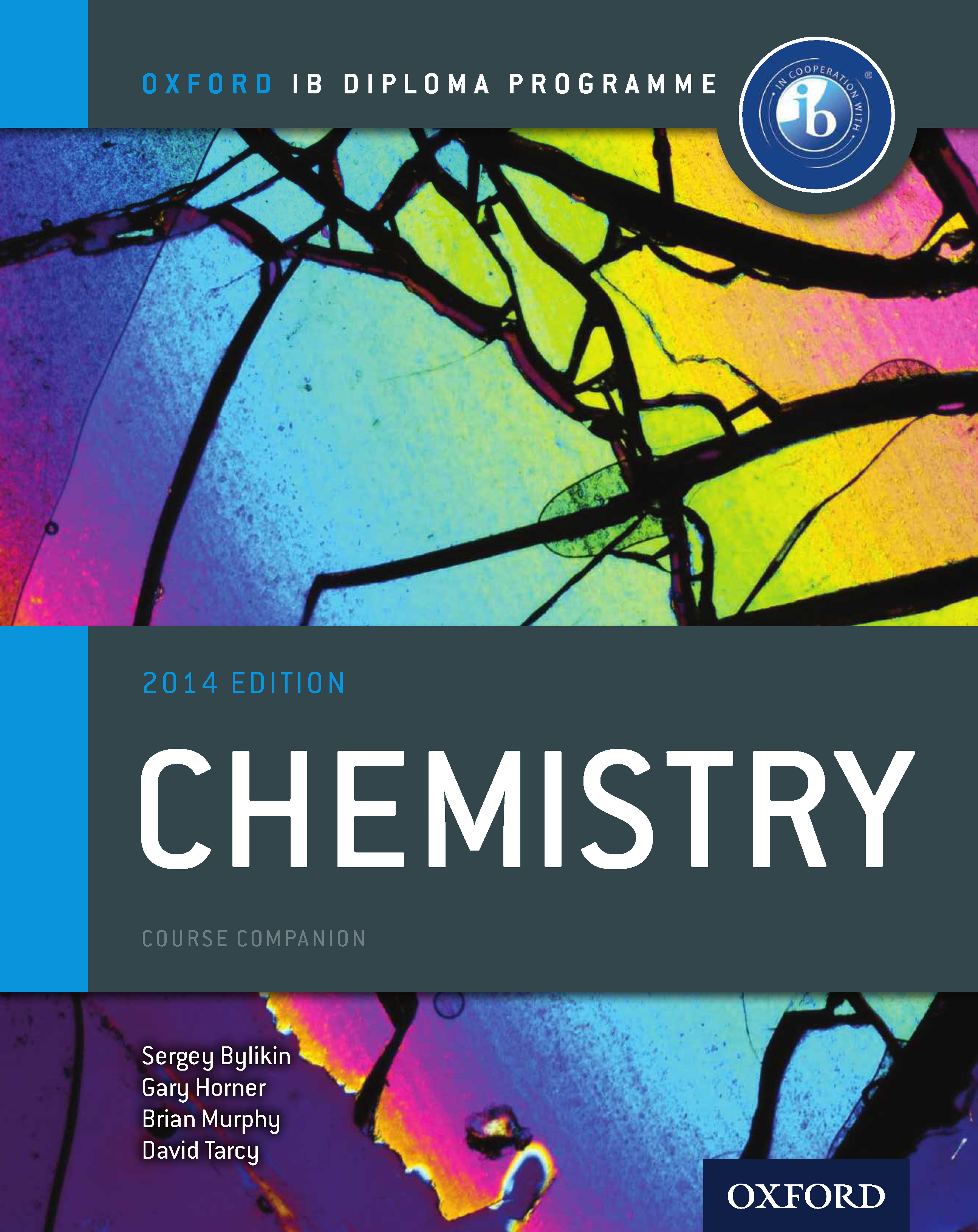 |
Chemistry ANSWERS Bylikin,Hornor,Murphy &Tarcy,2014 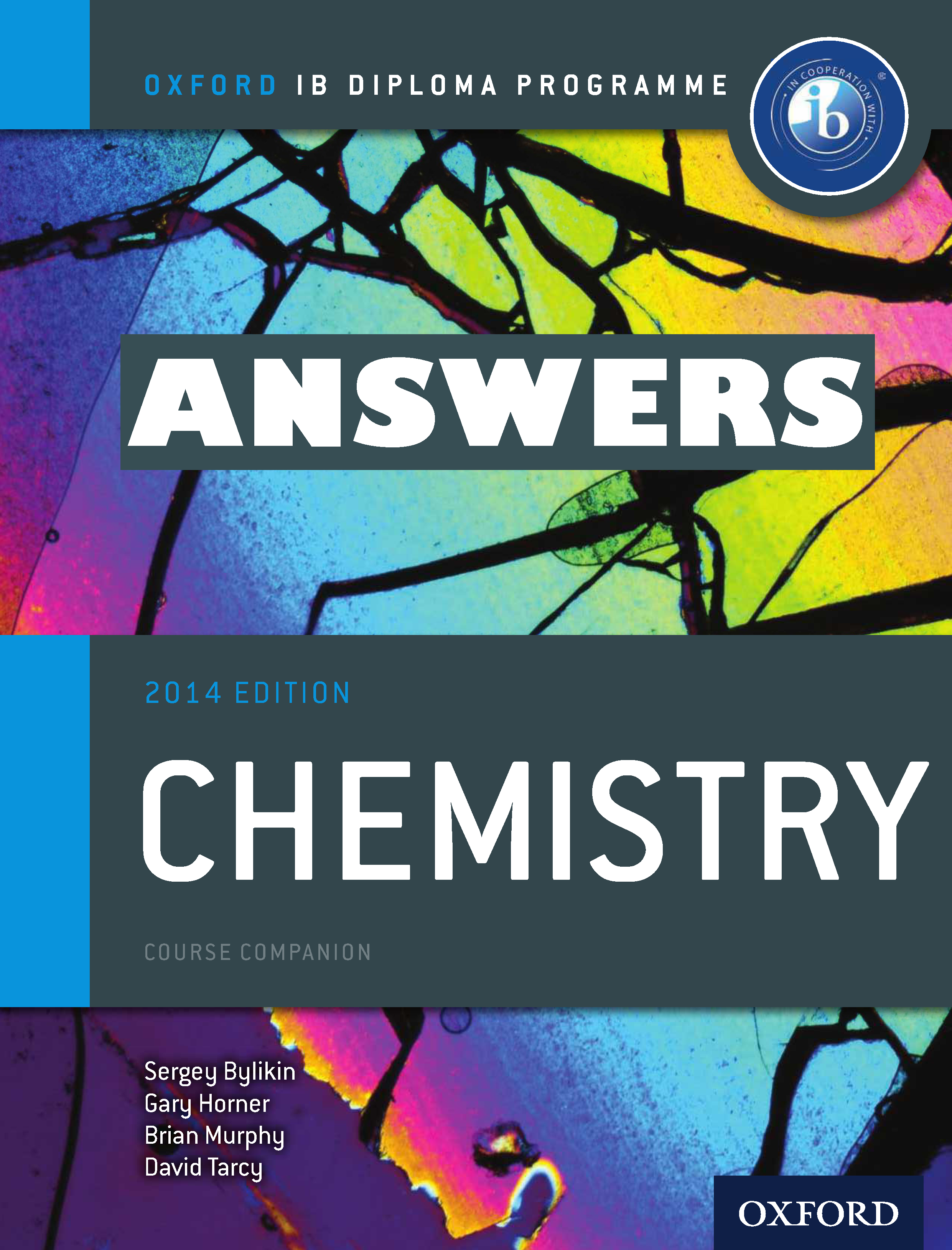 |
Chemistry Study Guide Geoffrey Neuss 2014 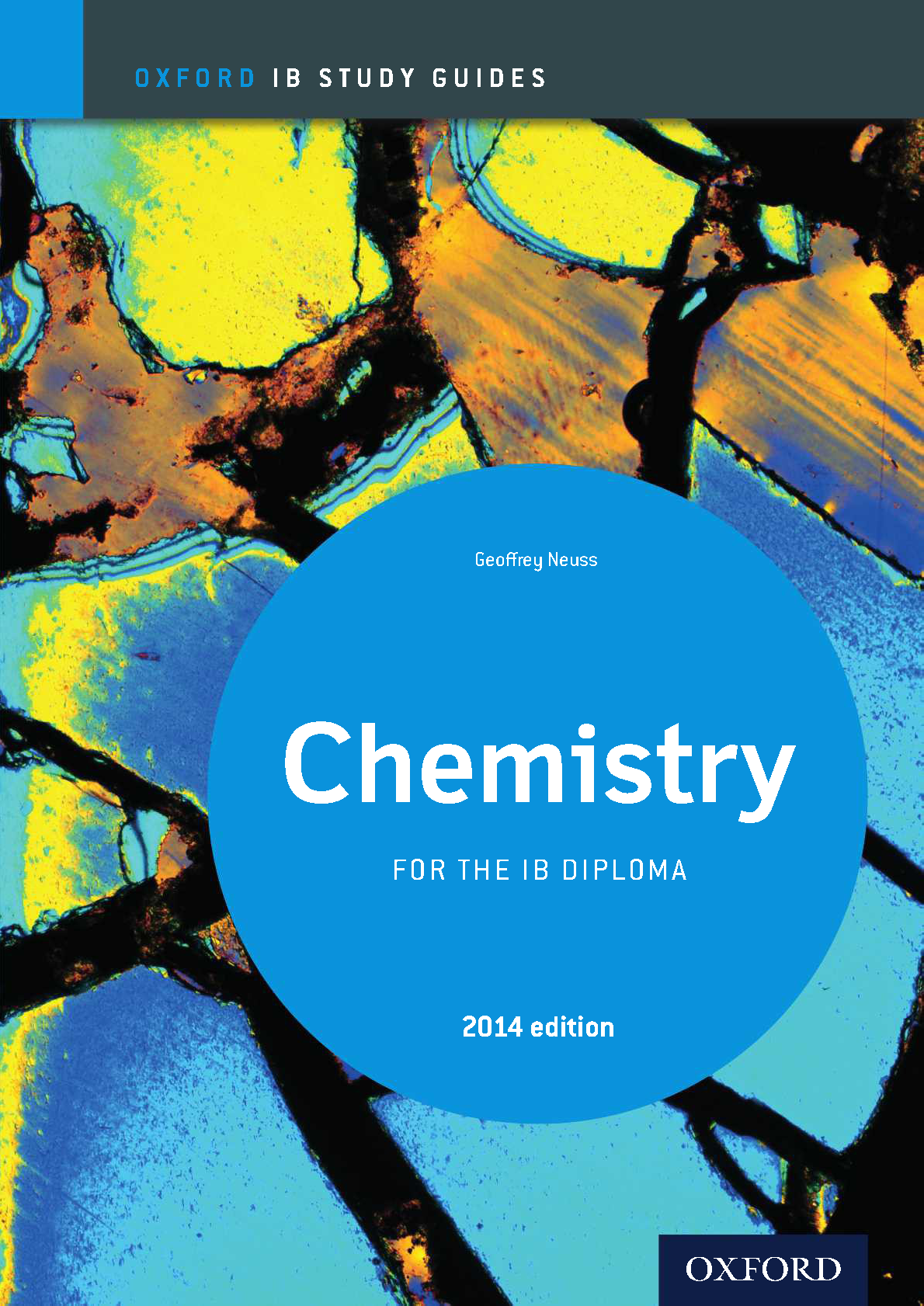 |
|
| IBID 出版社 |
Chemistry John Green &Sadru Damji, 3rd Edition,2008 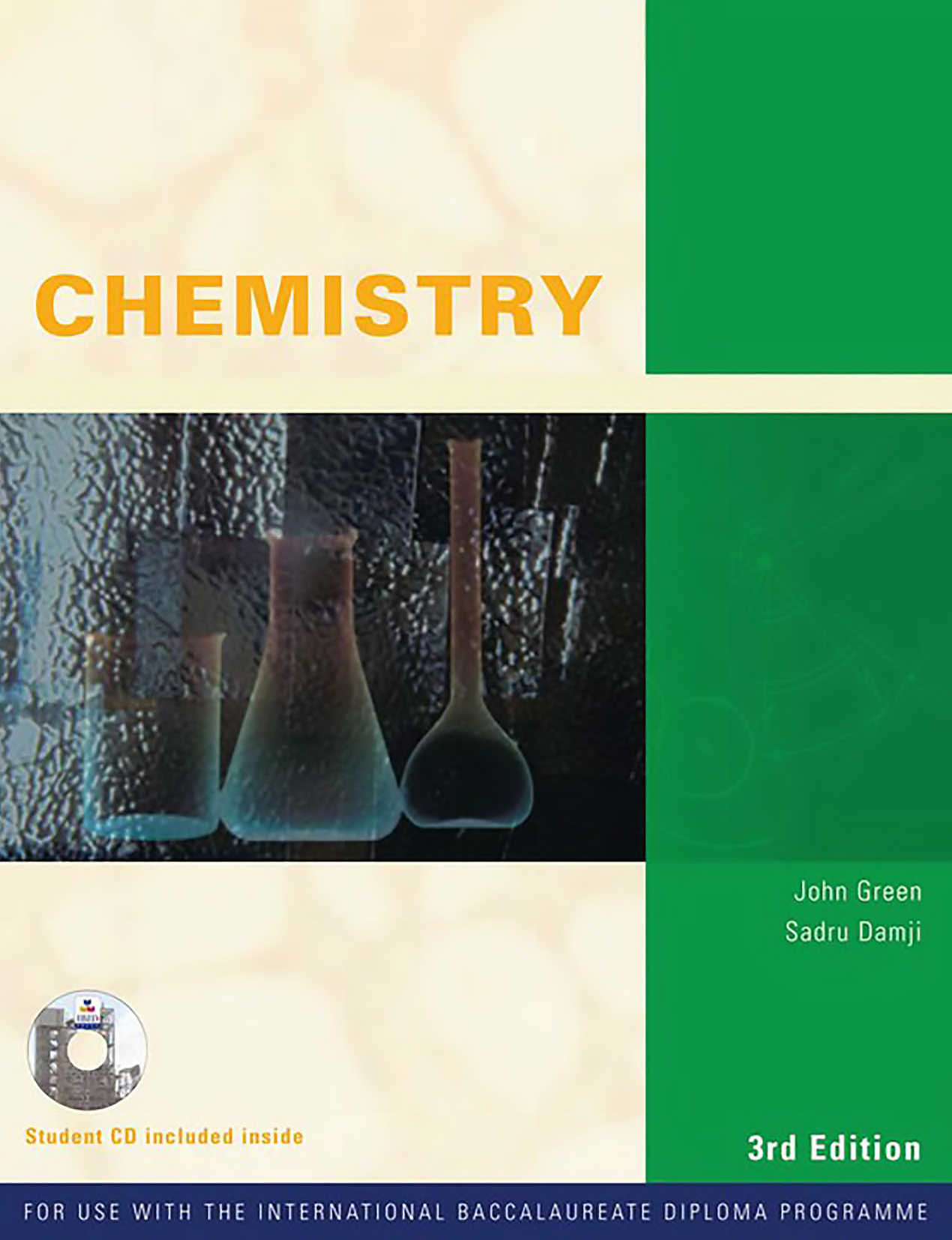 |
Chemistry Chapter Summaries Green & Damji, 3rd Edition,2008 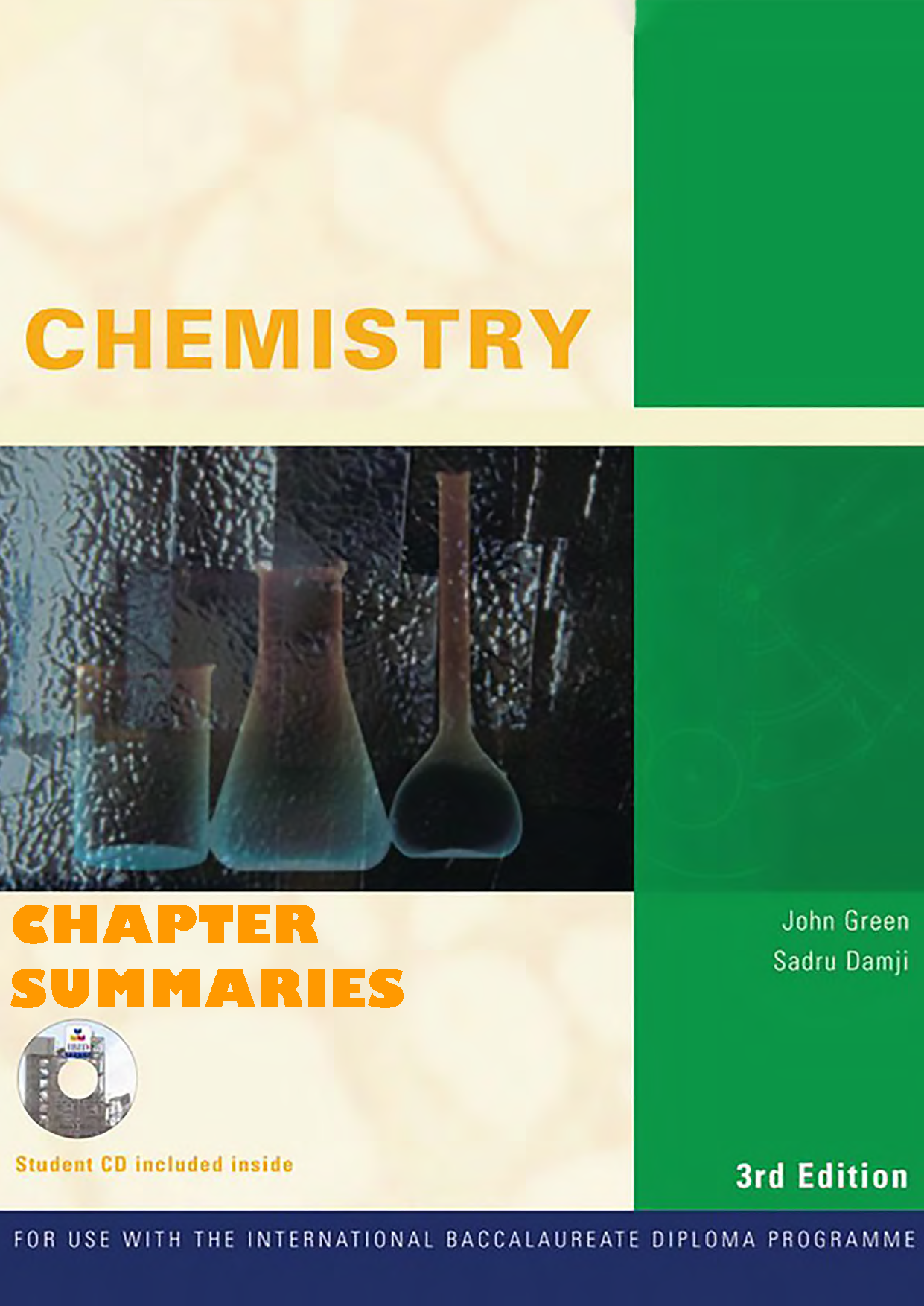 |
Chemistry Answers Green & Damji, 3rd Edition,2008 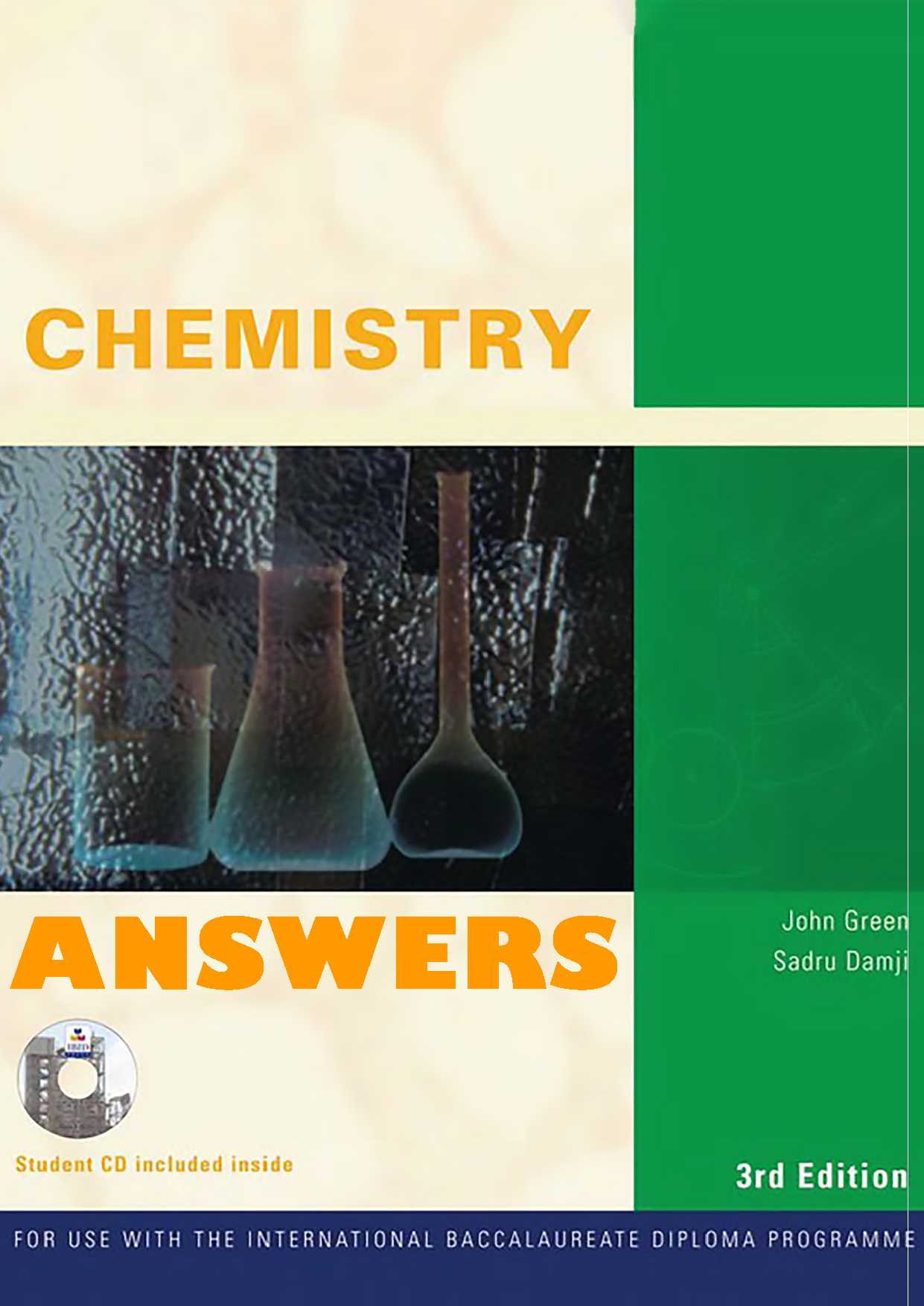 |
|
| HODDER 出版社 |
Chemistry Talbot,Harwood&Coates, 2nd Edition,2015 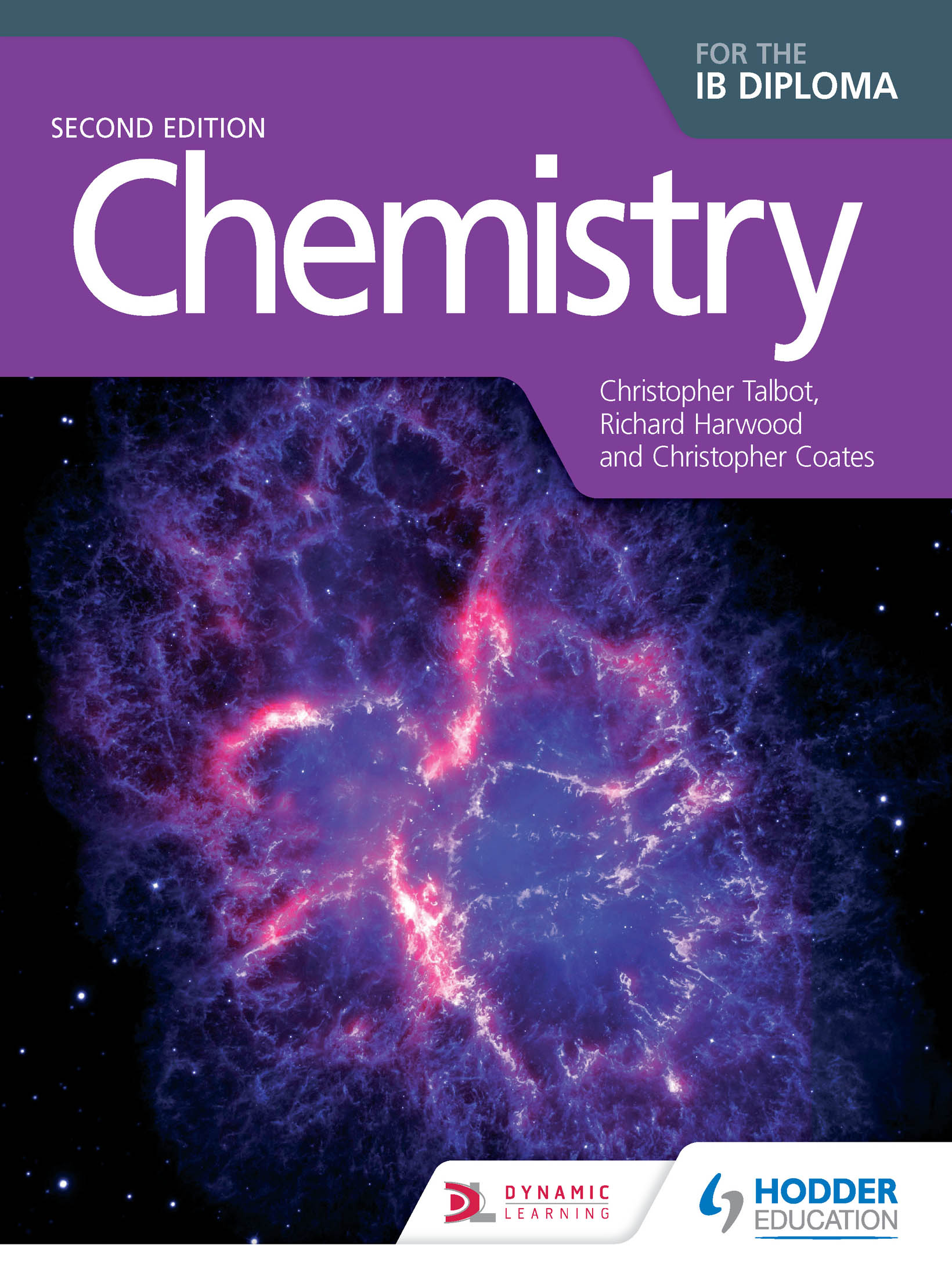 |
Chemistry Study &Revision Guide Talbot&Harwood,2017 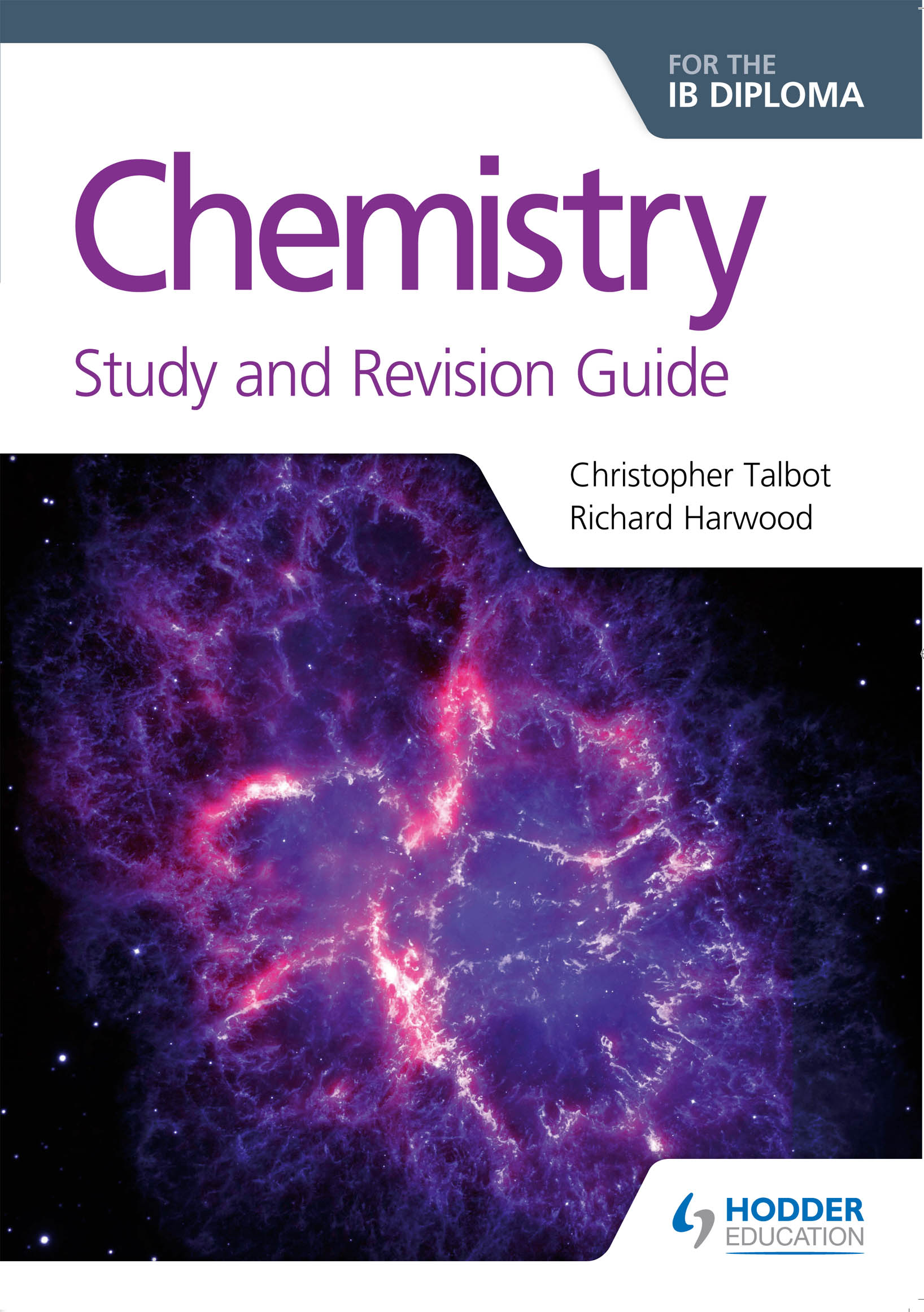 |
||
| CAMBRIDGE 出版社 |
Chemistry Steve Owen 2nd Edition,2014 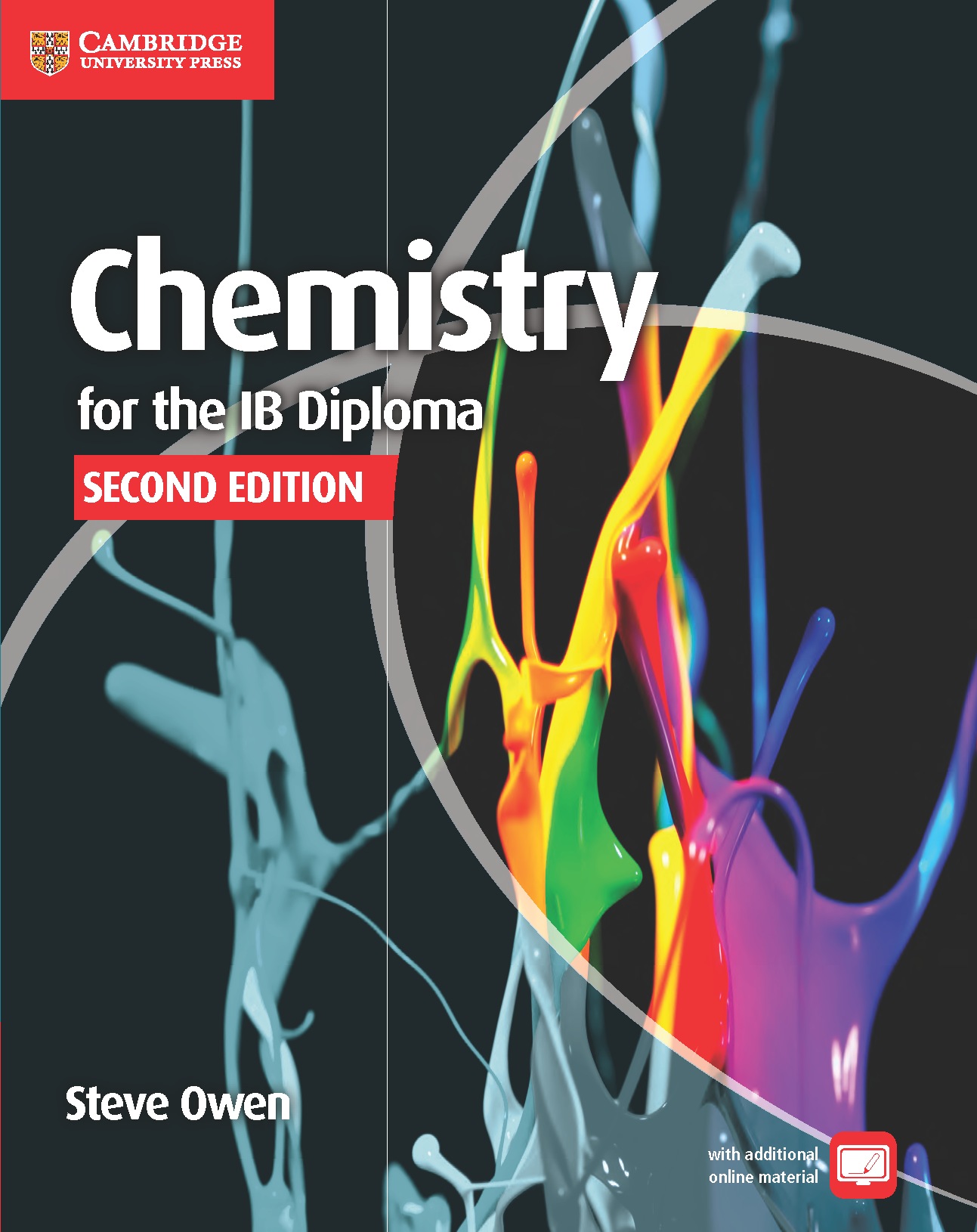 |
|||
| MCGRAW HILL 出版社 |
Chemistry Martin Sillberberg 5th Edition,2009 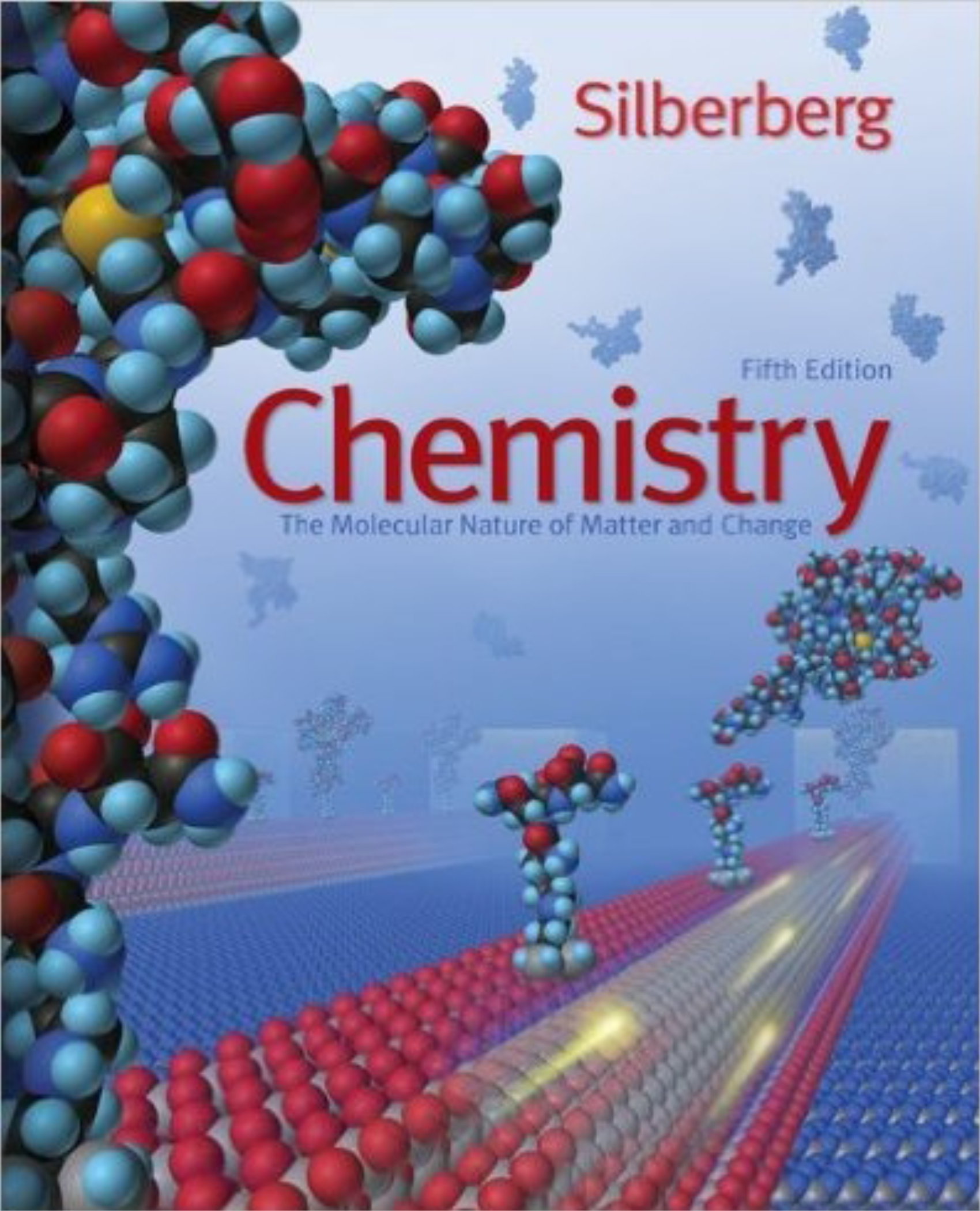 |
IB Chemistry SL/HL化学SL/HL真题
| 2018 IB Chemistry SL/HL选择题 简答题 | 2017 IB Chemistry SL/HL选择题 简答题 |
| 2016 IB Chemistry SL/HL选择题 简答题 | 2015 IB Chemistry SL/HL选择题 简答题 |
| 2014 IB Chemistry SL/HL选择题 简答题 | 2013 IB Chemistry SL/HL选择题 简答题 |
| 2012 IB Chemistry SL/HL选择题 简答题 | 2011 IB Chemistry SL/HL选择题 简答题 |
| 2010 IB Chemistry SL/HL选择题 简答题 | 2009 IB Chemistry SL/HL选择题 简答题 |
| 2008 IB Chemistry SL/HL选择题 简答题 | 1968-1998 IB Chemistry SL/HL选择题 简答题 |
IB Chemistry 化学 EE Sample
翰林国际教育IB Chemistry SL/HL化学SL/HL辅导大纲
| Topic | Subtopics | Hours* | Homework |
| Topic 1: Stoichiometric relationships | 1.1 Introduction to the particulate nature of matter and chemical change | ||
| 1.2 The mole concept | |||
| 1.3 Reacting masses and volumes | |||
| Topic 2: Atomic structure | 2.1 The nuclear atom | ||
| 2.2 Electron configuration | |||
| Topic 3: Periodicity | 3.1 Periodic table | ||
| 3.2 Periodic trends | |||
| Topic 4: Chemical bonding and structure | 4.1 Ionic bonding and structure | ||
| 4.2 Covalent bonding | |||
| 4.3 Covalent structures | |||
| 4.4 Intermolecular forces | |||
| 4.5 Metallic bonding | |||
| Topic 5: Energetics/thermochemistry | 5.1 Measuring energy changes | ||
| 5.2 Hess’s Lawe | |||
| 5.3 Bond enthalpies | |||
| Topic 6: Chemical Kinetics | 6.1 Collision thory and rate of reaction | ||
| 6.2 Rate expression and reaction mechanism (HL) | |||
| 6.3 Activation energy (HL) Exam style questions | |||
| Topic 7: Equilibrium | 7.1 Equilibrium | ||
| Topic 8: Acids and bases | 8.1 Theories of acids and bases | ||
| 8.2 Properties of acids and bases | |||
| 8.3 The pH scale | |||
| 8.4 Strong and weak acids and bases | |||
| 8.5 Acid deposition | |||
| Topic 9: Redox processes | 9.1 Oxidation and reduction | ||
| 9.2 Electrochemical cells | |||
| Topic 10: Organic chemistry | 10.1 Fundamentals of organic chemistry | ||
| 10.2 Functional group chemistry | |||
| Topic 11: Measurement and data processing | 11.1 Uncertainties and errors in measurement and results | ||
| 11.2 Graphical techniques | |||
| 11.3 Spectroscopic identification of organic compounds | |||
| Topic 13: The periodic table—the transition metals | 13.1 First-row d-block elements | ||
| 13.2 Coloured complexes | |||
| Topic 14: Chemical bonding and structure | 14.1 Covalent bonding and electron domain and molecular geometries | ||
| 14.2 Hybridization | |||
| Topic 15: Energetics/thermochemistry | 15.1 Energy cycles | ||
| 15.2 Entropy and spontaneity | |||
| Topic 16: Chemical kinetics | 16.1 Rate expression and reaction mechanism | ||
| 16.2 Activation energy | |||
| Topic 18: Acids and bases | 18.1 Lewis acids and bases | ||
| 18.2 Calculations involving acids and bases | |||
| 18.3 pH curves | |||
| Topic 20: Organic chemistry | 20.1 Types of organic reactions | ||
| 20.2 Synthetic routes | |||
| 20.3 Stereoisomerism | |||
| Topic 21: Measurement and analysis | 21.1 Spectroscopic identification of organic compounds | ||
| Total |
*选修(Option)部分内容暂未列出,需依学员具体选课情况而定。
*计划课时仅供参考,实际用时依不同学员具体情况会有调整。


最新发布
© 2025. All Rights Reserved. 沪ICP备2023009024号-1








